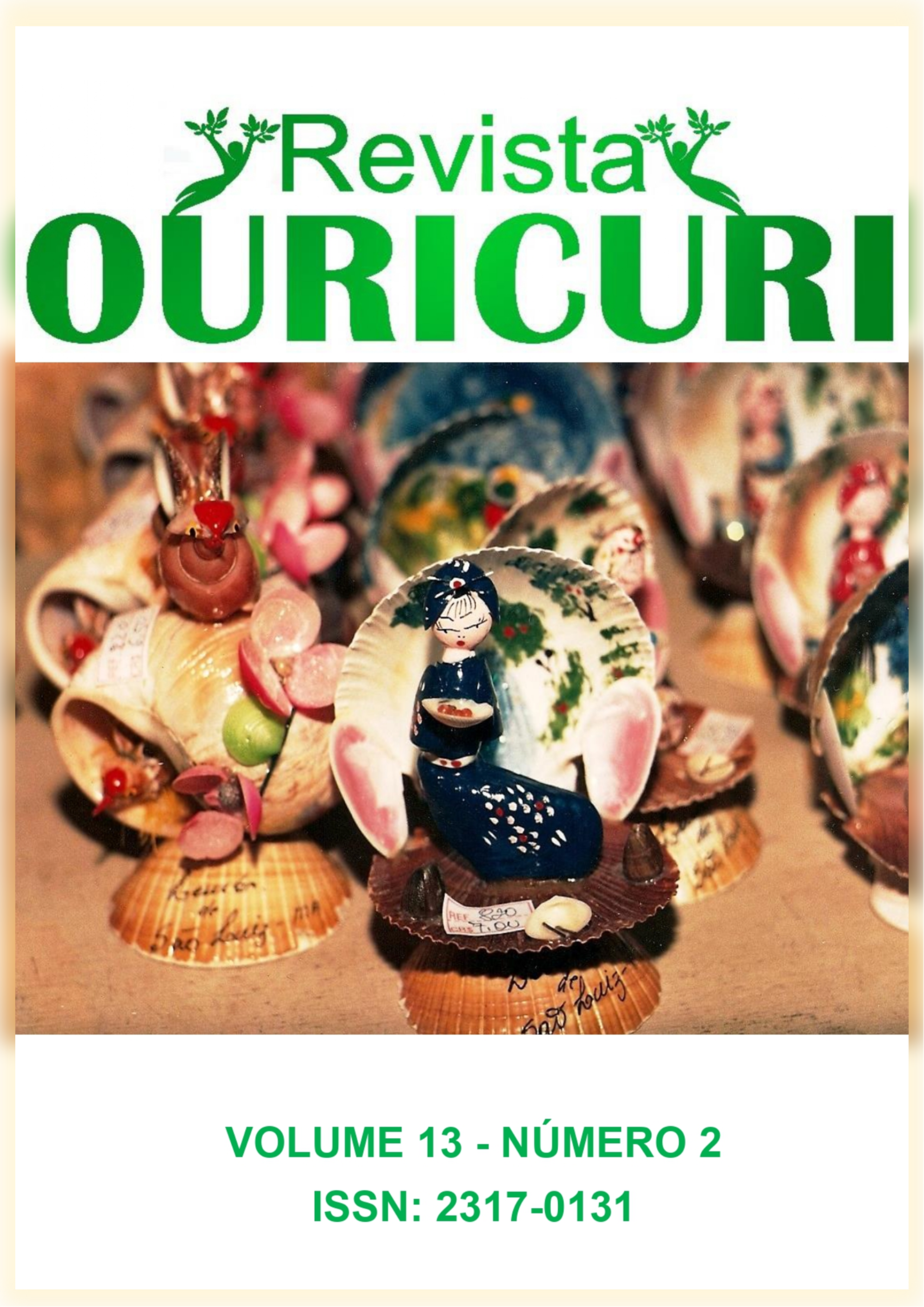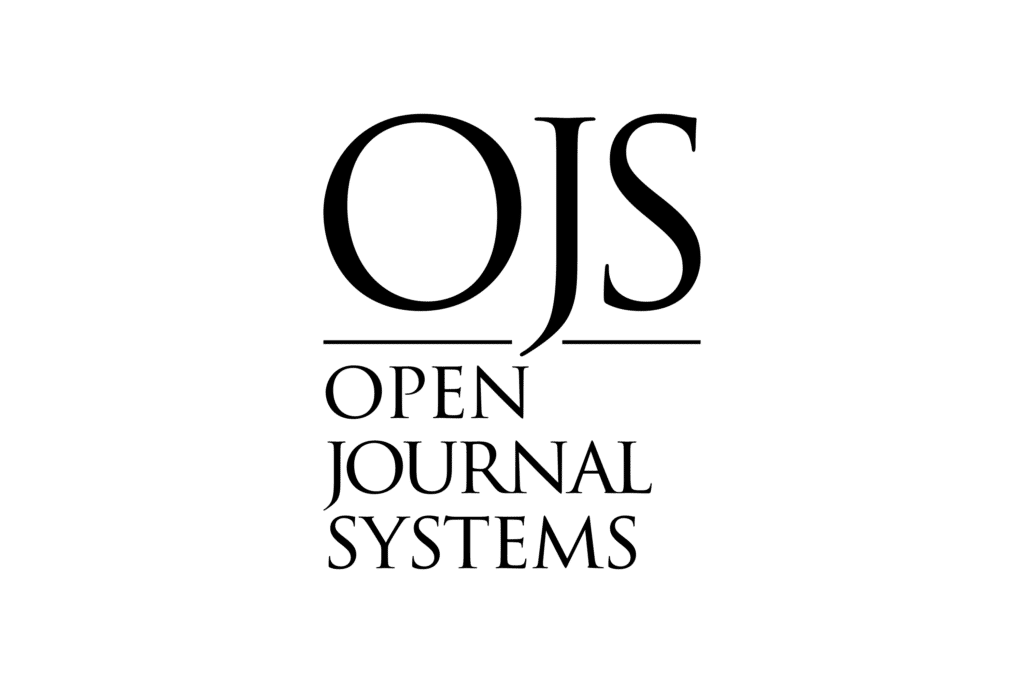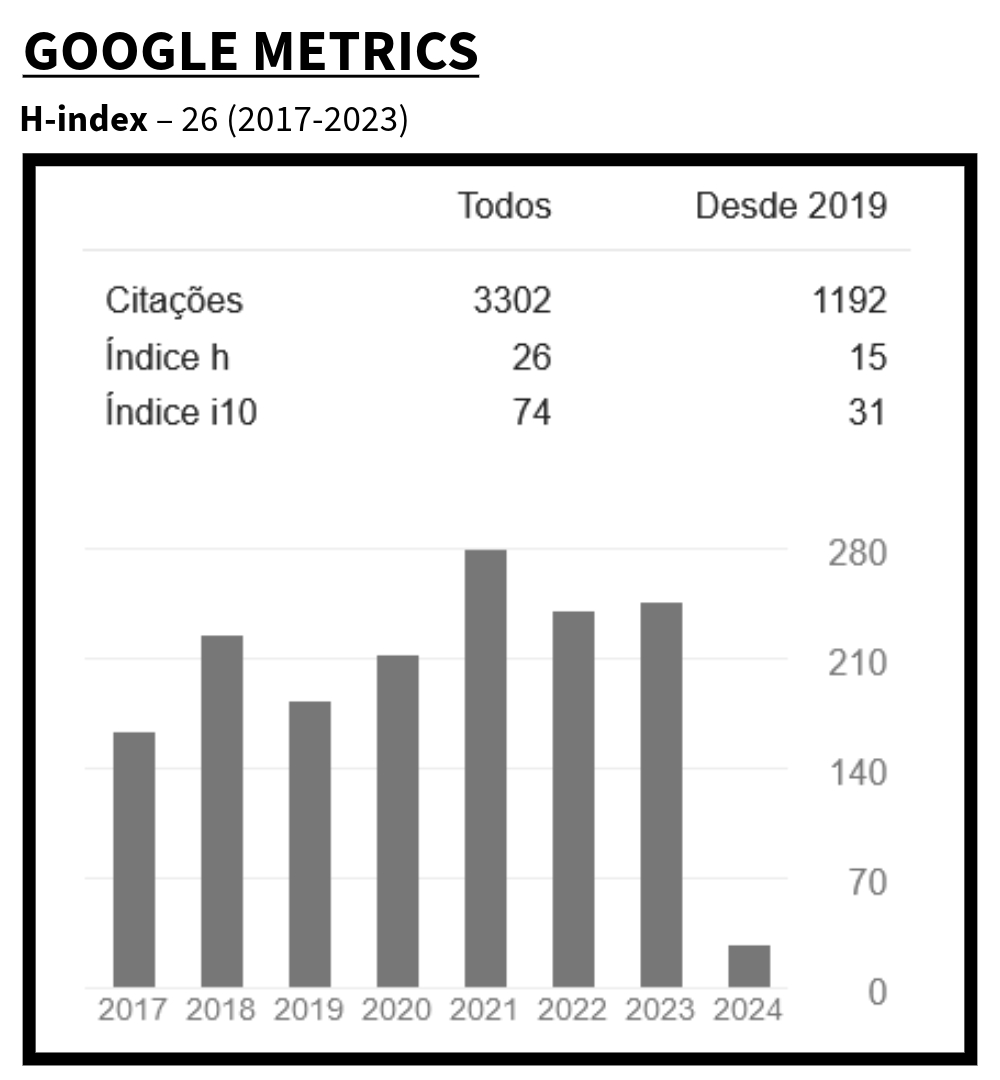On the Distribution of Tipulodes rubriceps Dognin, 1912 (Lepidoptera, Erebidae) in Brazil and Its Rediscovery in Pará
DOI:
https://doi.org/10.59360/ouricuri.vol13.i2.a18161Keywords:
Arctiinae, Arctiini, Ctenuchina, Brazilian amazon, MothsAbstract
Tipulodes rubriceps Dognin, 1912 was described from Medina in Colombia. Przybyłowicz (2001) redescribes the species and recognizes an Andean distribution, despite citing two localities for Brazil (Mato Grosso and Pará). Przybyłowicz (2003) finds a second record (Cuiabá) for Mato Grosso and considers Brazil as the place of distribution of the species, but does not consider Pará, as he questions this record in 2001.The main objective of this work is to report its rediscovery in Pará and confirm its expansion beyond the Andean region. The record corresponds to two males, one from Santo Antonio [do Tauá] (confirmation of the first record in Pará, presented by Przybyłowicz (2001)) and another from Belterra, recently captured, increasing the known distribution distance to Brazil by approximately 1,800 km to the north.
Downloads
References
Boulard, M. Missions entomologiques en Guyane et au Brésil. Introduction, notes de chasses et principaux résultats. Bulletin de la Société entomologique de France, 84(5-6), 101-117, 1979.
Dognin, P. Hétérocères nouveaux de l’Amérique du Sud. Fascicule V. Rennes: Imprimerie Oberthür, 1912.
Draudt, M. Familie: Syntomidae. In. Seitz, A. (Ed.). Die Gross-Schmetterlinge der Erde. II. Abteilung: Die Gross-Schmetterlinge des Amerikanischen Faunengebietes. 6. Band. Die Amerikanischen Spinner und Schwärmer. Stuttgart: Alfred Kernen, 1914-1919, p. 33-230.
Ferro, V. G.; Diniz. I. R. Riqueza e composição das mariposas Arctiidae (Lepidoptera) no Cerrado. In. Diniz, I. R.; Marinho-Filho, J.; Machado, R. B.; Cavalcanti, R. (Eds.). Cerrado: conhecimento quantitativo como subsídio para as ações de conservação. Brasília: Editora Thesaurus, 2010, p. 255-313.
Hampson, G. F. Catalogue of the Lepidoptera Phalaenae in the British Museum. Supplement. Volume I. Catalogue of the Amatidae and Arctiadae (Nolinae and Lithosianae) in the collection of the British Museum. London: Taylor & Francis, 1914.
Machado Filho, J. P.; Rego Barros, A. R. do. Estudos dos Ctenuchidae Neotropicais – II. Revisão do gênero Tipulodes Boisd., 1832 (Lepidoptera – Heterocera). Boletim do Museu Nacional, 266, 1-7, 1969.
Przybyłowicz, Ł. Redescription of the genus Tipulodes Boisduval, 1832 (Lepidoptera: Arctiidae). Acta Zoologica Cracoviensia, 44(4), 423-430, 2001.
Przybyłowicz, Ł. Tipulodes annae sp. n. (Lepidoptera: Arctiidae) from Colombia with distributional notes on the genus. Acta Zoologica Cracoviensia, 46(4), 365-368, 2003.
Rabello, E. X. Contribuição para o conhecimento dos Ctenuchidae. VI. Gênero Tipulodes Boisduval, 1832 (Lepidoptera). Arquivos do Museu Nacional, 42(2), 469-476, 1955.
Teston, J. A., Abreu, D. S.; Ferro, V. G. Arctiini Leach, [1815] (Lepidoptera, Erebidae, Arctiinae) of the Brazilian Amazon. III – Subtribe Ctenuchina Kirby, 1837. Biota Neotropica, 19 (2), e20180673, 2019. Available from: https://www.scielo.br/j/bn/a/q4P6cQRGKDtLBpgCrQmkPYv/?lang=en. Accessed on: 03 Aug 2023.
Downloads
Published
How to Cite
Issue
Section
License
Copyright (c) 2023 Revista Ouricuri

This work is licensed under a Creative Commons Attribution 4.0 International License.
Authors who publish in this journal agree to the following terms:
a) Authors maintain copyright and grant the magazine the right of first publication, with the work simultaneously licensed under the Creative Commons Attribution License which allows sharing of the work with recognition of authorship and initial publication in this magazine.
b) Authors are authorized to enter into additional contracts separately, for non-exclusive distribution of the version of the work published in this journal (e.g., publishing in an institutional repository or as a book chapter), with recognition of authorship and initial publication in this journal.
c) Authors are allowed and encouraged to publish and distribute their work online (e.g. in institutional repositories or on their personal page) as this can increase the impact and citation of the published work (See The Effect of Open Access).













 B1 (2017-2020)
B1 (2017-2020)



















